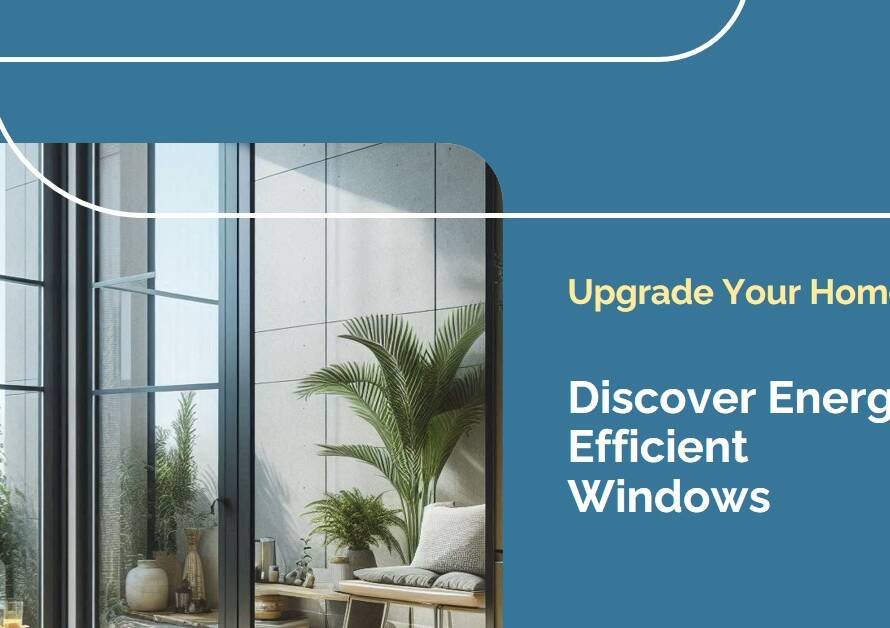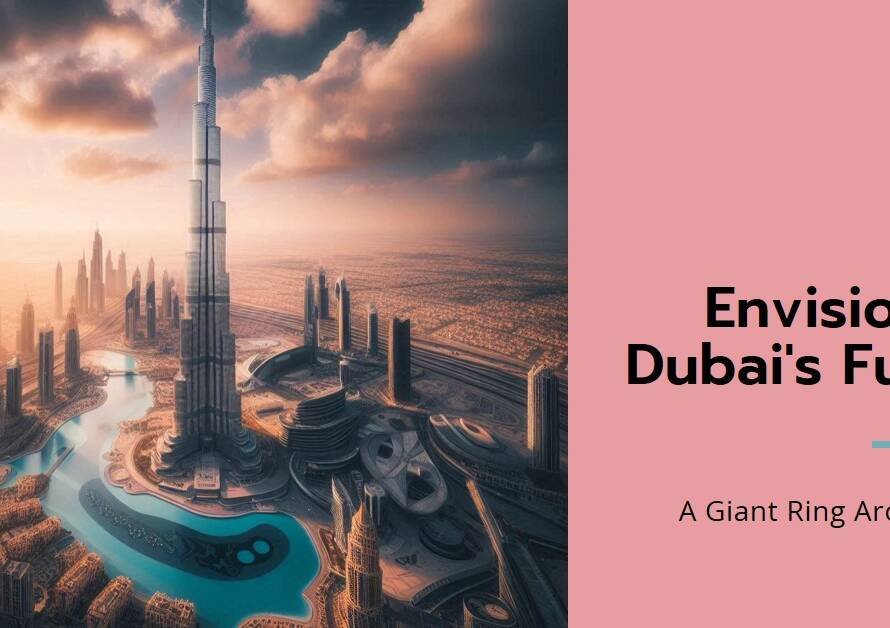
Table of Contents
In the realm of 3D visualization, Blender stands out as a powerful and versatile tool that empowers artists, architects, designers, and creators to bring their ideas to life with stunning realism and precision. From architectural renderings to character animations and product visualizations, Blender offers a comprehensive suite of features and capabilities that rival even industry-standard software. In this in-depth guide, we explore the multifaceted world of Blender for 3D visualization, uncovering its key features, workflow efficiencies, and practical tips for creating compelling visual experiences across diverse projects.
1. Introduction to Blender: A Comprehensive 3D Suite
Blender, renowned for its open-source nature and robust feature set, serves as a complete 3D creation suite encompassing modeling, sculpting, texturing, animation, rendering, and compositing functionalities. Its intuitive interface, coupled with a vibrant community and extensive documentation, makes it accessible to both beginners and experienced 3D artists alike. Whether you’re crafting architectural visualizations, game assets, or cinematic animations, Blender offers a unified platform for realizing your creative visions with precision and artistic flair.
2. Modeling Mastery: Crafting Detailed 3D Assets
Blender’s modeling tools empower users to create intricate 3D assets, environments, and characters with precision and efficiency. From polygonal modeling techniques to sculpting workflows using dynamic topology, Blender caters to a wide range of modeling styles and requirements. Whether you’re designing architectural interiors, product prototypes, or fantastical creatures, Blender’s mesh editing tools, modifiers, and sculpting brushes enable precise control over geometry, topology, and surface details, ensuring your creations meet exacting standards of realism and aesthetics.
3. Texturing Techniques: Bringing Surfaces to Life
Texture mapping plays a pivotal role in 3D visualization, adding depth, realism, and visual interest to rendered scenes. Blender offers a robust texture painting workflow, procedural texture generation, UV unwrapping tools, and support for PBR (Physically Based Rendering) materials, allowing artists to create lifelike surface finishes, material effects, and detailed textures. Whether you’re simulating weathered wood, glossy metals, or intricate fabric patterns, Blender’s texture tools and material nodes offer a versatile toolkit for achieving photorealistic results across a spectrum of materials and surfaces.
4. Lighting and Rendering: Illuminating Scenes with Realism
Lighting and rendering are critical aspects of 3D visualization that define the mood, atmosphere, and visual fidelity of rendered images and animations. Blender’s Cycles and Eevee render engines offer distinct advantages, with Cycles delivering photorealistic results through path tracing and Eevee providing real-time rendering capabilities ideal for previews and interactive experiences. Blender’s lighting tools, including HDR environment lighting, area lights, and light probes, enable artists to craft dynamic lighting setups, simulate natural lighting conditions, and achieve cinematic effects that elevate visual storytelling and realism in rendered scenes.
5. Animation Artistry: Breathing Life into Characters and Objects
Blender’s animation capabilities extend beyond simple keyframe animations to encompass character rigging, inverse kinematics (IK), procedural animation, physics simulations, and motion capture integration. Whether you’re animating character movements, mechanical assemblies, or dynamic simulations such as fluid or cloth behavior, Blender’s animation tools provide the flexibility and control needed to achieve lifelike motion, interaction, and narrative storytelling in 3D visualizations and animations.
6. Compositing Magic: Fine-Tuning Visuals and Effects
The compositing stage in Blender allows artists to refine rendered images and animations, add post-processing effects, and seamlessly integrate rendered layers for polished final outputs. Blender’s node-based compositor offers a non-destructive workflow, enabling artists to combine passes, adjust color grading, add visual effects, and apply filters to enhance the overall look and feel of rendered content. From depth of field effects to lens flares, color correction to motion blur, Blender’s compositing tools provide the finishing touches that elevate visual quality and narrative impact in 3D visualizations and animations.
7. Real-Time Interactivity: Harnessing Eevee’s Power
Blender’s Eevee render engine revolutionizes real-time rendering, enabling artists to achieve high-quality visuals interactively without the need for lengthy render times. Eevee’s capabilities shine in game development, interactive experiences, and rapid visualization iterations, allowing artists to preview lighting, materials, and animations in real-time for immediate feedback and adjustments. Whether you’re designing architectural walkthroughs, interactive product demos, or immersive virtual experiences, Eevee empowers you to iterate quickly and explore creative possibilities with fluid responsiveness and visual fidelity.
8. Photorealistic Architectural Visualization: Creating Compelling Spaces
Blender excels in the realm of architectural visualization, offering tools and workflows tailored to architects, interior designers, and visualization studios. With features such as accurate lighting simulation, realistic material rendering, CAD import/export support, and camera matching capabilities, Blender facilitates the creation of photorealistic architectural renders that showcase design concepts, spatial layouts, material finishes, and lighting scenarios with exceptional clarity and realism. Blender’s integration with industry-standard formats and rendering pipelines further enhances its suitability for professional architectural visualization projects of varying scales and complexities.
9. Visual Effects Wizardry: Crafting Cinematic Spectacles
Blender’s robust toolset extends to visual effects (VFX) creation, enabling artists to craft cinematic spectacles, dynamic simulations, and stunning visual narratives. From particle systems for explosions and fluid simulations for realistic liquids to dynamic cloth simulations and dynamic paint effects, Blender’s VFX capabilities empower artists to create captivating sequences that captivate audiences and convey narrative depth. Whether you’re producing short films, advertisements, or experimental animations, Blender’s VFX tools offer the flexibility, realism, and creative control needed to realize ambitious visual storytelling visions.
10. Blender in Industry and Education: Shaping the Future of 3D


Beyond its creative prowess, Blender plays a significant role in industry adoption, educational initiatives, and collaborative communities that foster innovation and knowledge sharing in the 3D visualization realm. From indie studios and freelance artists to educational institutions and professional pipelines, Blender’s open-source philosophy, extensive feature set, and growing ecosystem of plugins and resources make it a formidable contender in the 3D software landscape. Blender’s accessibility, versatility, and continuous development drive its popularity and influence across diverse sectors, shaping the future of 3D visualization, digital arts, and creative industries worldwide.
Conclusion: Elevating Visual Excellence with Blender
Blender’s evolution as a powerhouse 3D creation suite has empowered artists, designers, architects, and creators to push the boundaries of visual storytelling, realism, and creativity across a spectrum of industries and applications. Whether you’re delving into architectural visualization, character animation, product rendering, or visual effects, Blender’s comprehensive toolset, real-time capabilities, and community-driven ethos provide a fertile ground for exploration, experimentation, and professional growth. Embrace Blender’s transformative potential, harness its features and workflows, and embark on a journey of visual excellence that transforms ideas into immersive, captivating, and visually stunning experiences that resonate with audiences worldwide. Explore, create, and innovate with Blender as your trusted companion in the dynamic and ever-evolving landscape of 3D visualization and digital creativity.



